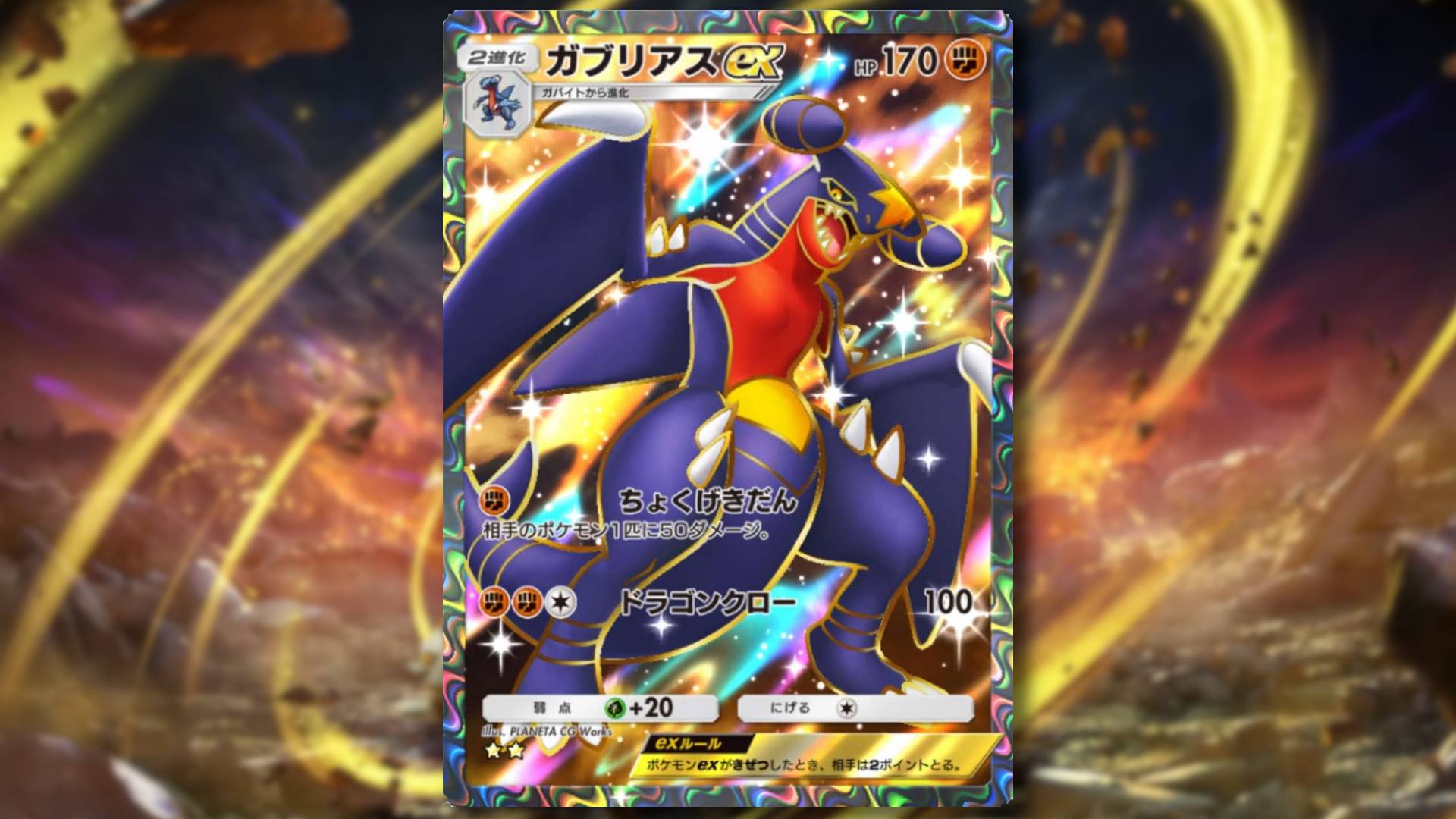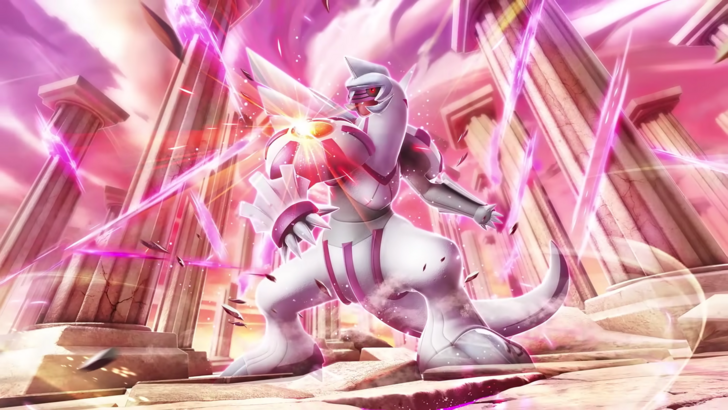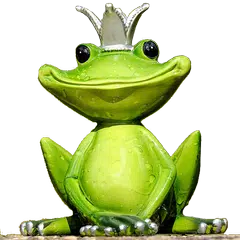I vividly remember purchasing my first OLED TV, the LG E8 55-inch model back in 2019, just before the world retreated into isolation. It turned out to be the perfect companion during those times. Initially, my understanding of OLED (organic light-emitting diode) technology was limited. I knew it used self-lit pixels, eliminating the need for a backlight found in LCD displays, resulting in infinite contrast. However, after immersing myself in games like Final Fantasy XV and The Last of Us Part II, I realized the true potential of OLED—it felt like reliving nostalgic moments in real time. This experience led me to upgrade to the LG C2 65-inch TV a few years later, and since then, I've reviewed numerous devices with OLED displays, learning that not all OLED screens are created equal, and they don't all share the same technology. You might be wondering, "How many types of OLED are there?" Well, there are many, but the three you should really focus on are WOLED, QD-OLED, and AMOLED.
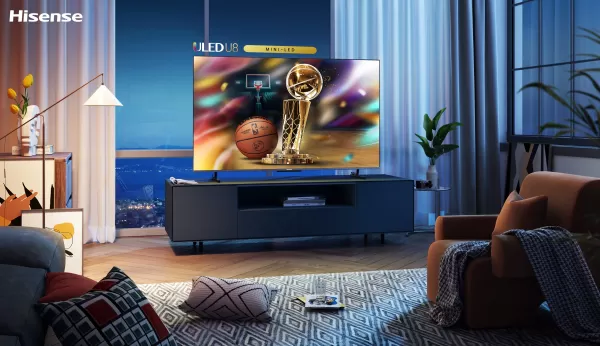 WOLED, QD-OLED, and AMOLED: How They Work
WOLED, QD-OLED, and AMOLED: How They Work
OLED technology has been around for decades, with companies like Kodak and Mitsubishi experimenting with various iterations. It wasn't until LG introduced its OLED TVs in the early 2010s that the technology gained widespread popularity.
LG's version of OLED is known as WOLED (White OLED). Though LG doesn't market it as such, preferring to be known simply as "OLED," WOLED uses a pure white OLED layer with an RGBW color filter. This approach addresses the issue of burn-in, which is accelerated by the different deterioration rates of red, green, and blue emitters in traditional OLEDs. However, WOLED's use of color filters can lead to imbalanced brightness and reduced color volume. Higher-end WOLED models attempt to mitigate this with Micro Lens Array technology, which uses thousands of microlenses on a single pixel to focus light.
In 2022, Samsung introduced QD-OLED (Quantum Dot OLED), which replaces the white OLED layer with a blue one that excites a layer of quantum dot color convertors. Unlike the RGBW filter, quantum dots absorb and convert light without losing any of the backlight, resulting in more vibrant colors.
AMOLED, on the other hand, is a unique category, similar to WOLED but with a thin-film transistor (TFT) layer. This layer allows for faster pixel activation but at the cost of OLED's characteristic infinite contrast.
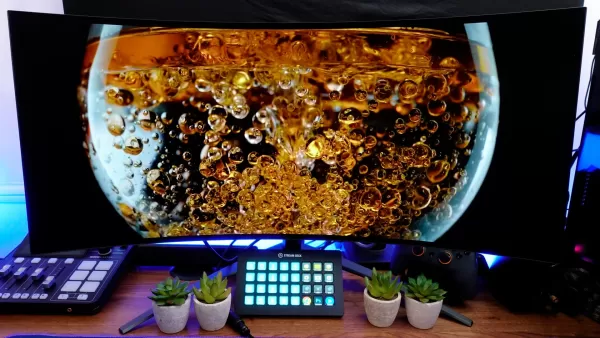 WOLED, QD-OLED, and AMOLED: Which Is Better for Gaming?
WOLED, QD-OLED, and AMOLED: Which Is Better for Gaming?
Choosing the right OLED technology for gaming depends on your specific needs and preferences. If you're looking for a straightforward answer, QD-OLED is generally considered the best option. However, there are scenarios where WOLED or AMOLED might be more suitable.
AMOLED displays are commonly found in smartphones and laptops, rarely in TVs due to their high cost. They are flexible, suitable for various screen sizes, and offer high refresh rates and excellent viewing angles. However, they perform poorly in direct sunlight due to lower peak brightness.
For gaming monitors and TVs, you have the choice between WOLED (often marketed simply as OLED) and QD-OLED. WOLED can achieve high brightness levels, particularly with whites, but the RGBW filter can reduce brightness across other colors. QD-OLED, with its quantum dot technology, provides overall brighter visuals and more vibrant colors due to its light absorption rather than filtering.
In my setup, my WOLED TV in the living room handles glare well, maintaining deep blacks even with windows nearby. In contrast, my QD-OLED monitor on my desk shows a purplish tint in bright conditions because Samsung removed the polarizing layer to increase brightness, which also increases reflections.
While QD-OLED displays generally offer superior color and brightness, WOLED screens are less distracting in highly reflective environments. However, the actual quality of these displays depends on their specifications, and generally, higher-priced models offer better performance.
The Future of OLED Is PHOLED
Beyond WOLED, QD-OLED, and AMOLED, another type of OLED technology is on the horizon: PHOLED (Phosphorescent OLED). PHOLED uses phosphorescent materials to convert energy to light, offering 100% luminous efficiency compared to the 25% efficiency of fluorescent materials. However, the blue component in PHOLED has a significantly shorter lifespan, which has been a major hurdle.
Recently, LG announced a breakthrough in blue PHOLED technology, paving the way for mass production. LG refers to PHOLED as "Dream OLED" due to its potential for brighter displays with lower power consumption. While PHOLED TVs are not expected to hit the market soon, we may see this technology in smartphones and tablets in the near future.


